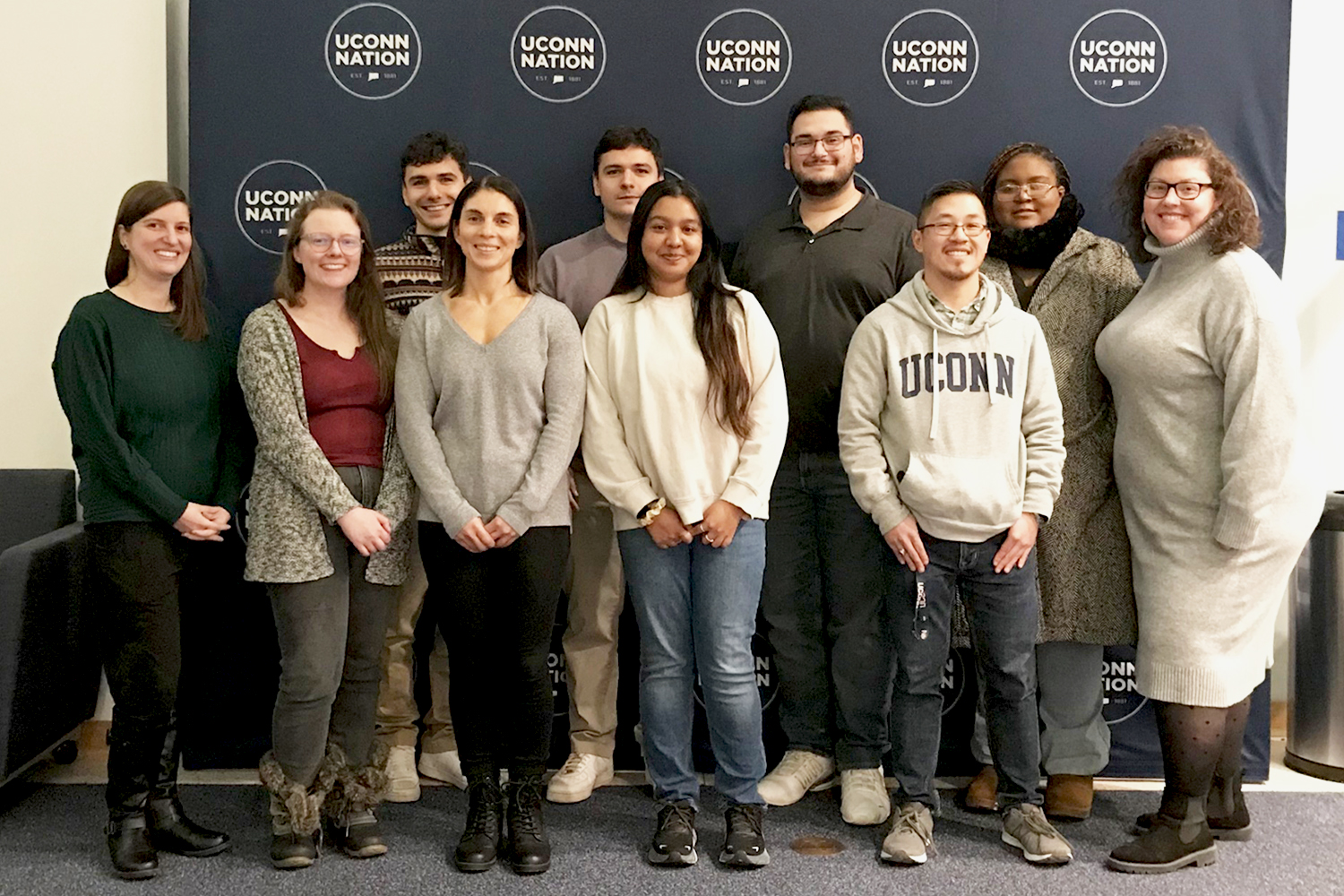Every life form changes through the ages, and evolution is the only constant. Except for horseshoe crabs – which have stayed the same for 450 million years, keeping everything from the eyes on their tail to the antibacterial cells in their blood.
How they’ve managed to stay the same is a great mystery. Now, researchers at UConn’s Institute for Systems Genomics are assembling a detailed map of the horseshoe crab’s DNA. They hope the map will lead them to answers to the crabs’ two great secrets: how their blood reacts to bacteria, and why the crabs seem frozen in time.
Geneticist Rachel O’Neill, director of the Institute, is intrigued by horseshoe crabs (the native Connecticut species is Limulus polyphemus) because they’re just so weird. They’re members of Arthropoda, that vast phylum of life that includes insects, crustaceans, and spiders. But most of their relatives went extinct long, long ago, and horseshoe crabs’ closest living relatives are ticks, spiders, and scorpions.
There aren’t many detailed DNA maps of spiders or ticks to compare horseshoe crabs to. And even if there were, horseshoe crabs aren’t exactly normal spiders. A map of their DNA is a window into the DNA of the Ordovician period of the Paleozoic, a time long before the dinosaurs, when mollusks and trilobites dominated the seas and the most complex lifeforms on land were plants similar to liverworts.
But even that long ago, bacteria were everywhere. And they were no friends to Limulus polyphemus. The crabs’ blood contains roaming cells called amoebocytes that attack bacteria and coagulate like glue around them, instantly sealing off holes in the circulatory system.
That violent reaction to bacteria has made the horseshoe crab’s blood extraordinarily valuable to the pharmaceutical and medical device industries, which use an extract from the blood to test for contamination every batch of vaccine, saline, or other injected drug, as well as every pacemaker, artificial hip, or other implanted device. Horseshoe crabs have to be captured and bled to provide the substance, and their declining numbers suggest the harvest is slowly killing them off.
Although there is a synthetic replacement available, it has been slow to catch on. O’Neill and her students think there is potential to expand its use, and perhaps design other, related proteins that detect other types of contaminants, not just bacteria.
“At this point it’s science fiction. But this is a novel way of thinking about any contaminant detection,” O’Neill says.
Graduate student Kate Castellano has raised the baby horseshoe crabs to watch how they grew from embryos to the inch-long three-year-olds shown in the video. Part of it was to understand their basic biology – no one had even published a guide to the care and feeding of horseshoe crab embryos before – and part of it is public education. The little Limulus babies live in a 30-gallon tank in the common area of the Institute for Systems Genomics, and anyone can sit at the nearby table and watch them.
“The dinosaurs came and went, but the crabs stayed the same,” O’Neill says. “We’re exploring this fossil genome to understand the adaptations that let horseshoe crabs succeed for so long.”


